Video-conferencing challenges airline business. This time it will hurt
Arguments have raged for decades about whether various kinds of air travel will be subverted by the various kinds of video conferencing facility that were available. The challenges have consistently been overestimated - until now. This time things will be different, but judging just how great the shift will be isn't yet possible.
The corona pandemic has put three factors in play which will certainly change the previous equilibrium:
- the standard of the technology, which is improving rapidly as artificial intelligence techniques play an increasing role;
- fear of travel, which may be getting worse as the COVID-19 pandemic continues; and
- the great travel cost savings that companies have made with teleconferencing, at a time when cost cutting is paramount.
Improvements in the video conferencing industry will impact both airline leisure travellers and - the financially critical - business travellers. Although video communication will never replace travel, it has found new strengths during the COVID-19 pandemic and will strongly resist giving back the ground won in recent months.
TO READ ON, VISIT: Video-conferencing challenges airline business. This time it will hurt

American and JetBlue craft a long term strategy during crisis
American Airlines' decision to deepen ties with Alaska Air Group and expand its presence in Seattle to challenge Delta was deemed somewhat of a coup, and an innovative move by American. Although the COVID-19 crisis has likely slowed the development of the partnership, both airlines remain committed to their tie-up.
Now American has opted to forge an alliance with JetBlue through a proposed codeshare on routes from the New York area and Boston, two areas where American has a smaller footprint than its rivals. JetBlue gains an ability to compete more effectively with Delta by marketing a broader network to its passengers.
It is a low risk way for the two airlines to offer blanket network coverage as they attempt to recover from the drastic drop in demand triggered by the COVID-19 pandemic, and it cements American's conclusion that there are advantages in partnering with the US' value airlines.
TO READ ON, VISIT: American and JetBlue craft a long term strategy during crisis
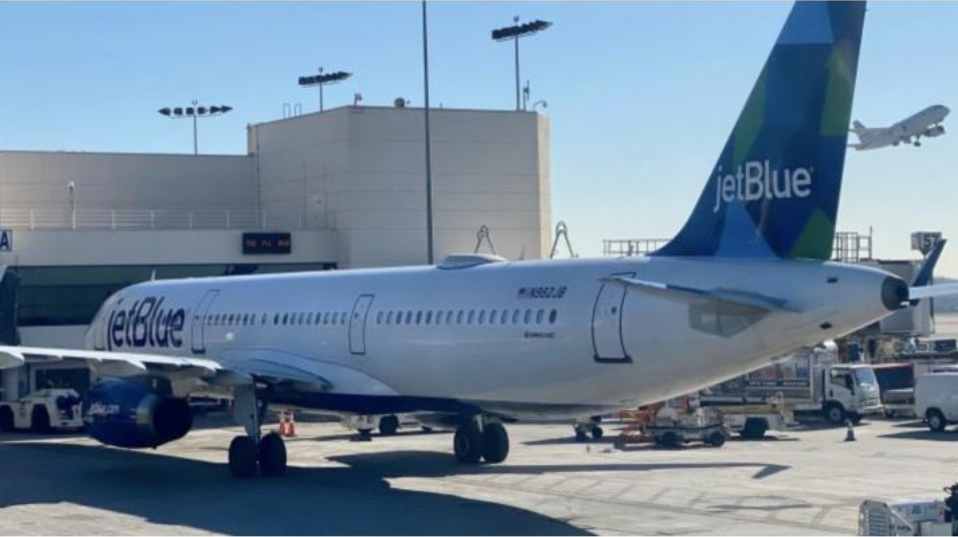
European airlines' capacity growth out of sync with demand
Europe's airlines continue to grow capacity in the market, continuing the climb from Apr/May-2020, when the underlying trend was approximately 90% below 2019 levels.
Based on filed schedules, Europe's total capacity is scheduled to be 13.3 million seats in the week commencing 20-Jul-2020 - the highest since mid Mar-2020. Alternatively, the year-on-year reduction of 63.8% is the narrowest since mid Mar-2020.
Three regions have deeper cuts than Europe, while two are bouncing back more quickly. Africa has the deepest cut, down by 74.9%, followed by Latin America's 74.8% cut and the Middle East's drop of 69.8%. Seat numbers are down by 56.1% in North America and by 42.6% in Asia Pacific (still the only region at more than 50% of 2019 levels).
This week's seat count in Europe derived from schedules filed at the start of this week is lower than indicated a week ago for this week. Previously during the crisis, there had been no such changes in the final week. Europe's airlines are hanging on to schedules until the last minute to maximise capacity flexibility, reflecting uncertain demand patterns.
Nevertheless, demand is still not returning in line with capacity.
TO READ ON, VISIT: European airlines' capacity growth out of sync with demand

Peru domestic airline market opens and new entrants possible
Peru's domestic aviation market has opened up, which is a good sign for aviation in Latin America. However, similarly to other areas in the region, the country is still battling rising case numbers of COVID-19.
Despite the rising case counts, Peru's low cost airlines seem somewhat optimistic about the restart of flights. The country's domestic market has changed during the last year as a couple of larger airlines have ceased operations, leaving the market leader LATAM Airlines Peru and two larger low cost operators.
Another airline aims to enter the Peruvian market, with JetSMART outlining ambitions to launch a new subsidiary in the country. Those evaluations reflect a certain optimism about Latin America's potential over the long term.
TO READ ON, VISIT: Peru domestic airline market opens and new entrants possible
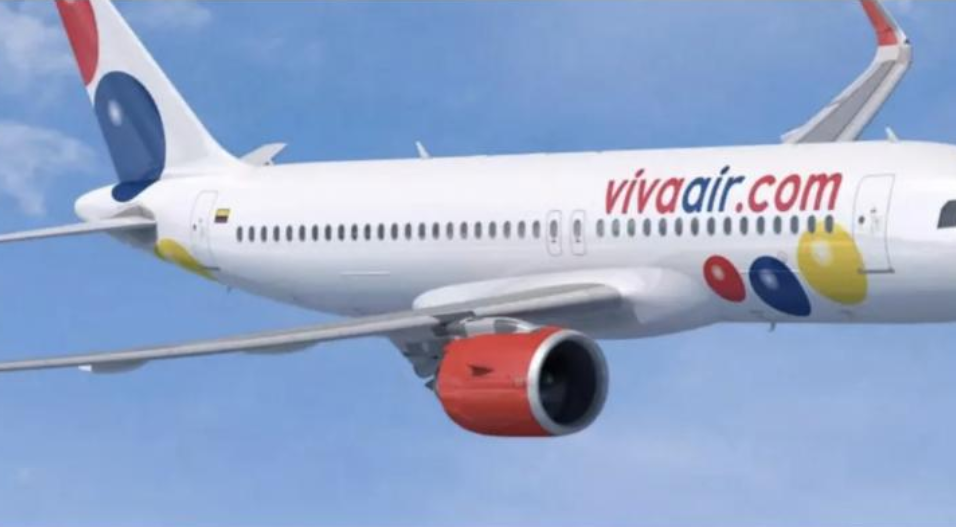
AENA offers EUR50k to airport commercial start-up innovators
A popular UK TV programme is 'Dragon's Den', the idea behind which has been syndicated worldwide. A team of four well established and successful business people examine the new business ideas of contestants and if they believe the business is viable, and that they can make money out of it - they invest in it. Most contestants are sent home embarrassed after a grilling.
Spain's national, part-privatised airport operator AENA, one of the biggest in the world (and the biggest as measured by passenger numbers in 2019 - 293.4 million, or more than the entire population of Indonesia), appears to be applying a similar scheme, and not only in Spain.
It is calling start-ups globally with products related to airport and commercial management to register for 'AENA Ventures', a start-up accelerator.
TO READ ON, VISIT: AENA offers EUR50k to airport commercial start-up innovators
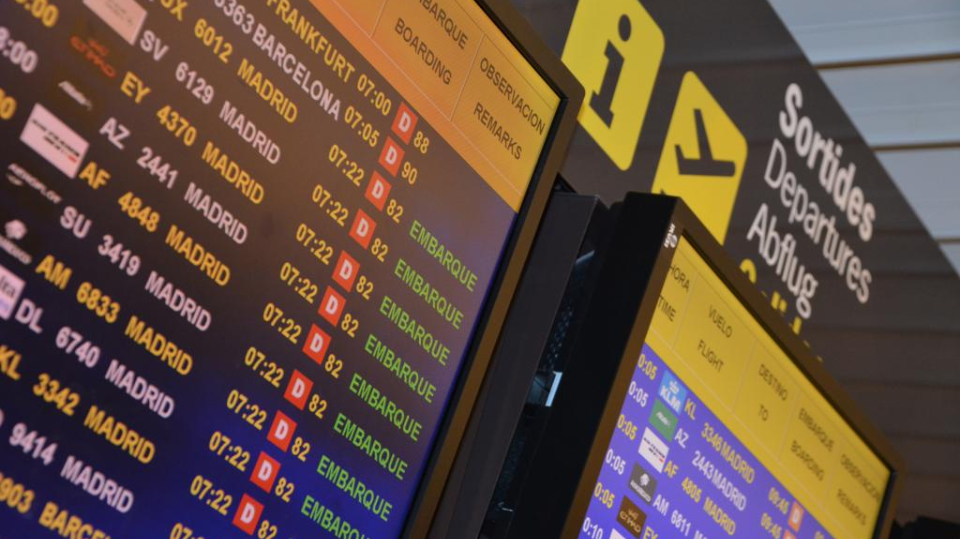
COVID 19: Brazil remains a paradox during the pandemic
Brazil continues to be a study in contrasts during the COVID-19 pandemic.
The country's case numbers have exploded, but two of the country's largest airlines posted solid month-on-month traffic results for Jun-2020, and plan to keep adding back service through Aug-2020.
Even as Brazil remains in the throes of the COVID-19 pandemic, some data suggests that a sizeable proportion of the country's population seems interested in travelling before YE2020. And even as the country attracts scrutiny for its response to the COVID-19 pandemic, Brazil has done more to help its airlines than other countries in the region.
TO READ ON, VISIT: COVID 19: Brazil remains a paradox during the pandemic

Europe's airline capacity recovers. Lower frequencies per route
Europe's aviation capacity recovery continues, but its network is changing shape.
A fall in average seats per frequency highlights short haul's lead over long haul and a drop in average frequency per route emphasises leisure operations over business travel. The relative importance of domestic markets is increasing, with 10 of Europe's top 20 routes now in domestic Russia and four in domestic Turkey.
Europe's total capacity is scheduled to be 13.4 million seats this week (commencing 13-Jul-2020) - the highest since mid March. The year-on-year reduction of 63.6% (the narrowest since mid March) compares with a lesser 40.1% cut in routes.
Latin America has the deepest cut in seat capacity, down by 73.8%, followed by Africa's 68.3% cut. Seats are down by 67.4% in Middle East, 55.8% in North America and 43.6% in Asia Pacific. All regions are increasing capacity week-on-week.
There has been no trimming of Europe's future schedules this week for the first time during the crisis. Either airlines are gaining confidence about peak summer demand, or they are retaining maximum schedule flexibility for as long as possible (more likely a combination of both).
TO READ ON, VISIT: Europe's airline capacity recovers. Lower frequencies per route
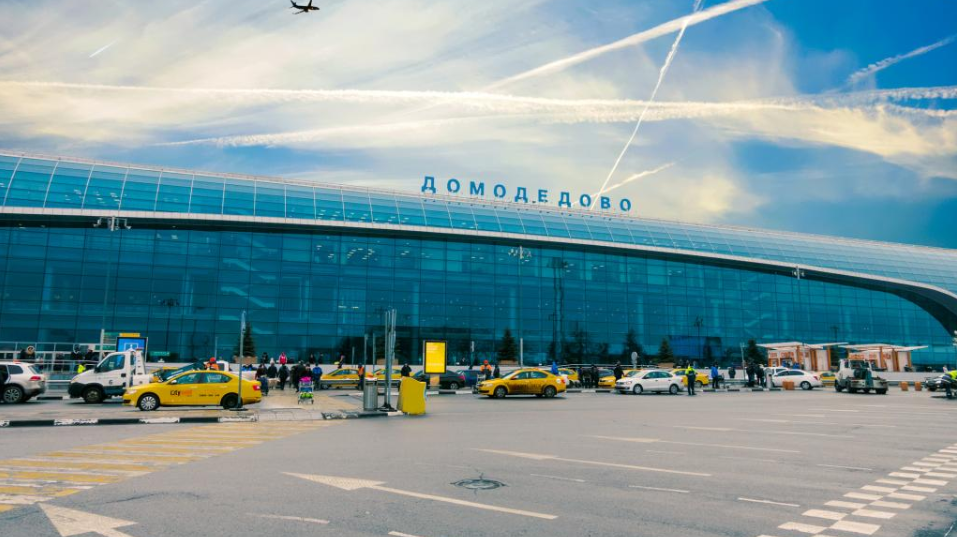
Breeze Aviation emerges, ready for launch during tumult
One area that has remained opaque during the COVID-19 pandemic is the timeline for planned US start-ups that aimed to debut in 2020 or 2021. Logic would dictate that those plans could be frozen as demand was wiped out, and has only slowly begun to recover. As cases in the US continue to climb, some airlines are tempering their capacity growth.
But David Neeleman is moving ahead with the launch of Breeze after reaching a deal to obtain the operating certificate of the defunct US regional operator Compass Airlines, and he aims to introduce charter flights in Oct-2020, followed by scheduled services six months later.
Breeze is also confident of closing a deal to raise millions in equity during Jul-2020, at the same time as most airlines are scrambling to bolster liquidity and are warning of significant downsizing.
It is so far a matter of conjecture why Breeze is working to rush to market when demand remains so shaky, but perhaps the company sees opportunities in the crisis.
TO READ ON, VISIT: Breeze Aviation emerges, ready for launch during tumult

New Manila Airport project to go ahead, but - too much competition?
For a long time Manila has had insufficient air transport handling capacity, even though The Philippines is hardly at the forefront of Southeast Asian aviation.
A huge new airport development is still anticipated, despite the pandemic.
However, there are three others too, and the competition threatens to be too great for each existing or planned airport to be successful.
TO READ ON, VISIT: New Manila Airport project to go ahead, but - too much competition?
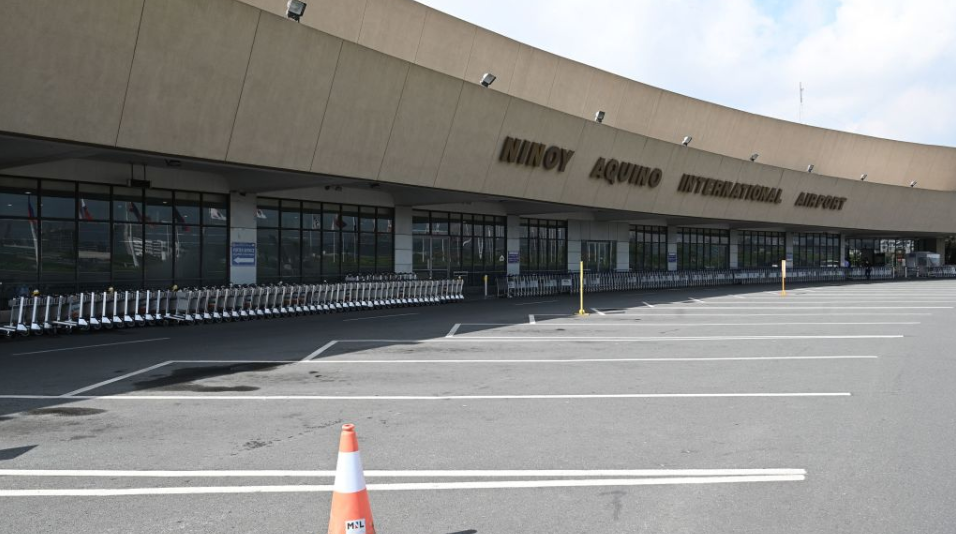
COVID-19: "choppy" recovery means downsizing US airline fleets
As the COVID-19 pandemic swept across the globe and immobilised the airline industry, a massive number of aircraft were suddenly grounded in response to the sharp and dramatic plummet in demand.
In the US, the number of grounded aircraft appears to have hit bottom in mid May-2020, just before an uptick in demand occurred as the country's high season began in Jun-2020. Similarly to demand, there has been some movement off the bottom in aircraft returning to service.
But with the surge of new COVID-19 cases in the US, and the country's larger airlines warning that they need to shrink their employee rosters in the coming months, the country's active fleet will remain well below pre-crisis levels for the foreseeable future.
TO READ ON, VISIT: COVID-19: "choppy" recovery means downsizing US airline fleets
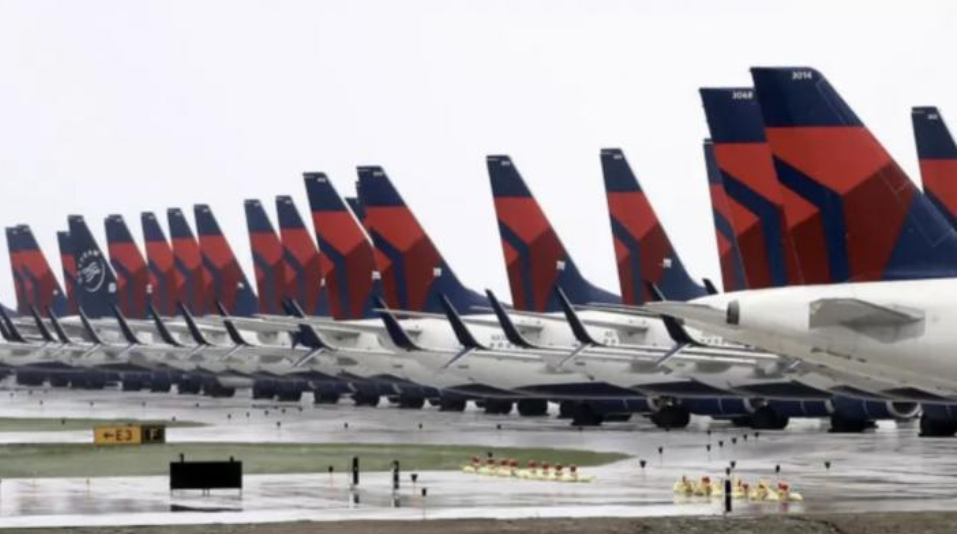
Restoring airport revenues post COVID-19
Airport traffic - and therefore airport revenues - have slumped since the spread of corona virus grounded well over half of the world's airline fleet; as of 12-Jul-2020, nearly 60% remains out of service.
There is little prospect of a full recovery to pre-COVID airport revenue levels for 5-10 years. And, as markets open up, international routes will be last to recover fully. As international operations are the source of the bulk of airport revenue for many airports, clearly new initiatives will be necessary.
At the same time, airports are confronted with continuing costs, mostly long term. Airports will also be obliged to incur added costs as anti-COVID measures are introduced, for example in response to social distancing and sanitising requirements.
Not all will be able to continue in operation unless they can restore revenue streams.
As traditional revenue sources will not suffice to restore economic operations - and to attract investment - innovatory new forms will be needed.
This report looks at the revenue future for airports and how the coming years can be reshaped.
TO READ ON, VISIT: Restoring airport revenues post COVID-19

Delta Air faces headwinds in meeting cash burn goals
During the COVID-19 crisis Delta Air Lines has raised the equivalent of 19 months of liquidity, and believes it has manageable debt payments occurring over the course of the next year.
The airline is also still working to achieve its previously stated goal of reaching break-even daily cash burn by YE2020, but its daily cash burn will be flat in Jul-2020 compared with Jun-2020, as the rise in COVID-19 infections in the US is pressuring demand. Given the opaqueness of the demand environment, it appears unlikely Delta can drive its cash burn to zero by year-end.
Similarly to other airlines, Delta is holding discussions with it largest aircraft supplier, Airbus, about the future of its order book - the airline unsurprisingly has declared that it does not need any aircraft as hundreds of its jets remain grounded.
TO READ ON, VISIT: Delta Air faces headwinds in meeting cash burn goals
